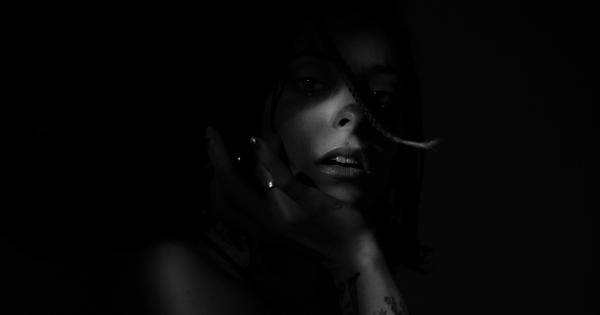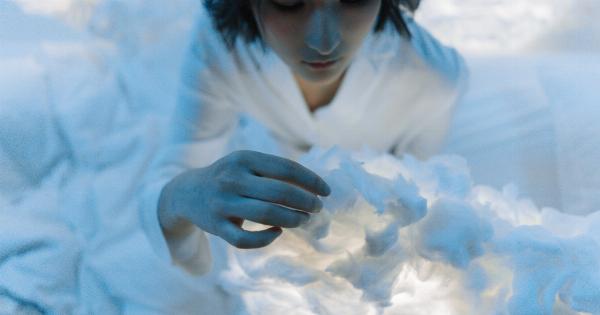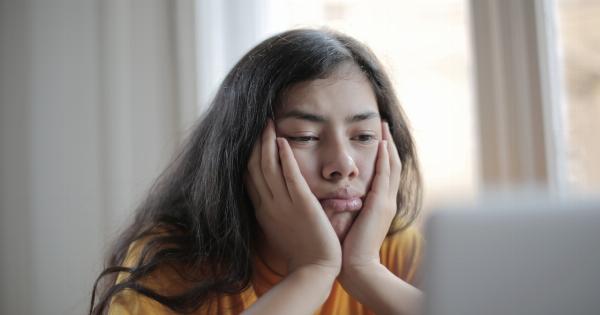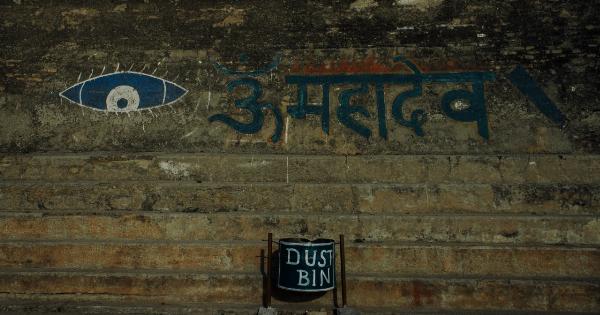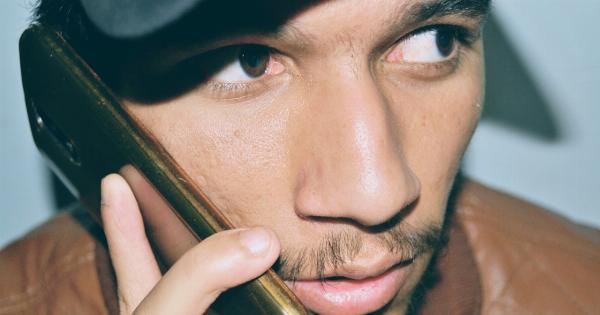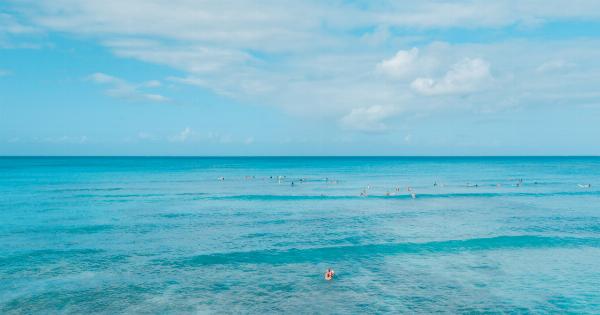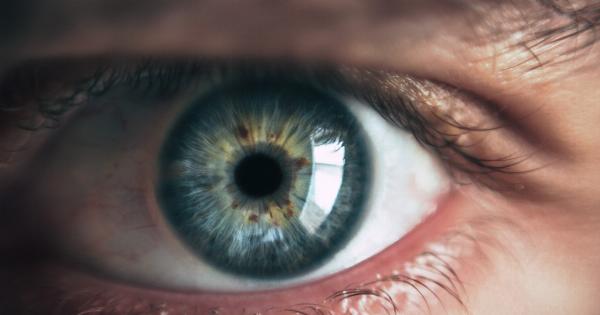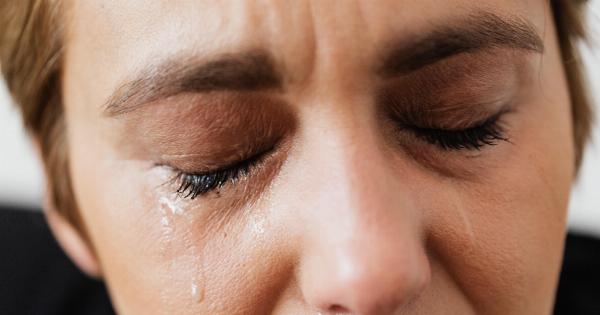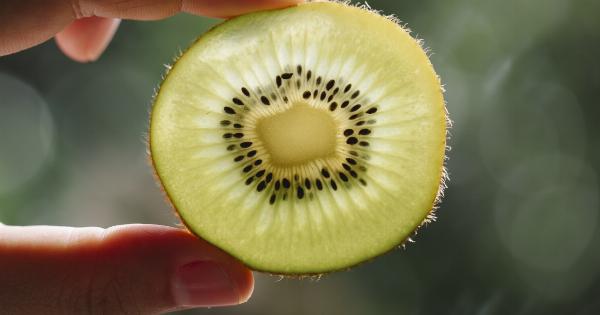If you suffer from dry eyes, then you know how uncomfortable and irritating it can be. The constant itching, burning, and redness can make even simple tasks unbearable. However, there is hope on the horizon.
A revolutionary approach to dry eye treatment is changing the lives of millions of people around the world, providing much-needed relief and improving their overall eye health.
The Causes of Dry Eyes
Dry eye syndrome occurs when the eyes do not produce enough tears or when the tears evaporate too quickly. Several environmental and lifestyle factors contribute to this condition:.
- Extended screen time: The increased use of digital devices leads to less blinking, resulting in dry and irritated eyes.
- Indoor environments: Air conditioning, heating, and fans can reduce humidity levels, causing dryness.
- Smoky or dusty environments: Exposure to smoke or dust particles can cause eye irritation and dryness.
- Contact lens wear: Improper use or overuse of contact lenses can lead to dry eyes as they interfere with the natural tear film.
- Age: As we get older, tear production decreases, and the risk of developing dry eyes increases.
The Traditional Approach to Dry Eye Treatment
Until recently, the treatment options for dry eyes mainly focused on symptom relief rather than addressing the underlying cause. Common solutions included:.
- Artificial tears: Over-the-counter eye drops that provide temporary relief by adding moisture to the eyes.
- Prescription eye drops: Medications that help reduce inflammation and stimulate tear production.
- Punctal plugs: Small devices placed in the eye’s tear ducts to block drainage and increase tear retention.
- Warm compresses: Applying a warm washcloth to the eyes can help unclog oil glands and promote tear film stability.
While these treatments can provide some relief, they often do not address the root cause of the problem, leaving patients seeking better alternatives.
A Breakthrough in Dry Eye Treatment
With the advent of new technology and research, a groundbreaking approach to dry eye treatment has emerged. This innovative solution tackles dry eyes from a different angle, targeting the underlying causes and providing long-lasting results.
Intense Pulsed Light (IPL) Therapy
IPL therapy, commonly used in cosmetic dermatology, has proven to be highly effective in managing dry eye syndrome.
By delivering controlled pulses of light to the skin around the eyes, IPL therapy stimulates the meibomian glands, which are responsible for producing the oily layer of the tear film. When these glands become blocked or dysfunctional, it leads to dry eyes.
How Does IPL Therapy Work?
During an IPL therapy session, a small handheld device emits gentle pulses of light onto the skin around the eyes. The spectrum of light used in IPL therapy is carefully calibrated and filtered to specifically target the meibomian glands.
The light energy heats up and liquefies the clogged oil in the glands, allowing it to flow freely again and restore the natural balance of the tear film. This process also reduces inflammation and kills bacteria that may be contributing to the blockage.
The Benefits of IPL Therapy for Dry Eyes
IPL therapy offers several advantages over traditional treatment methods:.
- Long-lasting relief: Many patients experience significant improvement in their dry eye symptoms that can last for months, reducing the need for frequent eye drops or other treatments.
- Non-invasive: IPL therapy is a non-surgical procedure that does not require any incisions or injections. It is a gentle and safe treatment option.
- Quick and convenient: Each IPL therapy session typically lasts between 10 and 20 minutes, making it easily accessible for people with busy schedules.
- No downtime: Patients can resume their regular activities immediately after treatment, unlike invasive procedures that may involve a recovery period.
- Addressing the root cause: By improving the function of the meibomian glands, IPL therapy treats the underlying cause of dry eyes rather than just managing the symptoms.
Is IPL Therapy Right for You?
IPL therapy is suitable for individuals with mild to severe dry eye syndrome, particularly those whose condition is caused by meibomian gland dysfunction.
However, it is essential to consult with an eye care professional to determine if IPL therapy is the best course of action for your specific needs.
Other Tips for Managing Dry Eyes
In addition to IPL therapy, incorporating these practices into your daily routine can help alleviate dry eye symptoms:.
- Follow the 20-20-20 rule: Every 20 minutes, look away from your screen and focus on an object 20 feet away for 20 seconds. This helps reduce eye strain and blink more frequently.
- Use a humidifier: Adding moisture to the air can prevent dryness, especially during winter or in dry climates.
- Avoid smoky or dusty environments: If possible, minimize exposure to smoke, dust, and other irritants that can worsen dry eye symptoms.
- Stay hydrated: Drink an adequate amount of water each day to support overall eye health.
By combining these lifestyle changes with IPL therapy, you can improve your dry eye symptoms and restore comfort to your eyes.
Conclusion
Living with dry eyes doesn’t have to be a constant struggle. With the advent of IPL therapy, a revolutionary approach to dry eye treatment, you can find long-lasting relief and improve your overall eye health.
By addressing the underlying causes of dry eyes, IPL therapy provides a game-changing solution for millions of individuals worldwide. Consult with your eye care professional today to see if IPL therapy is the right choice for you.


